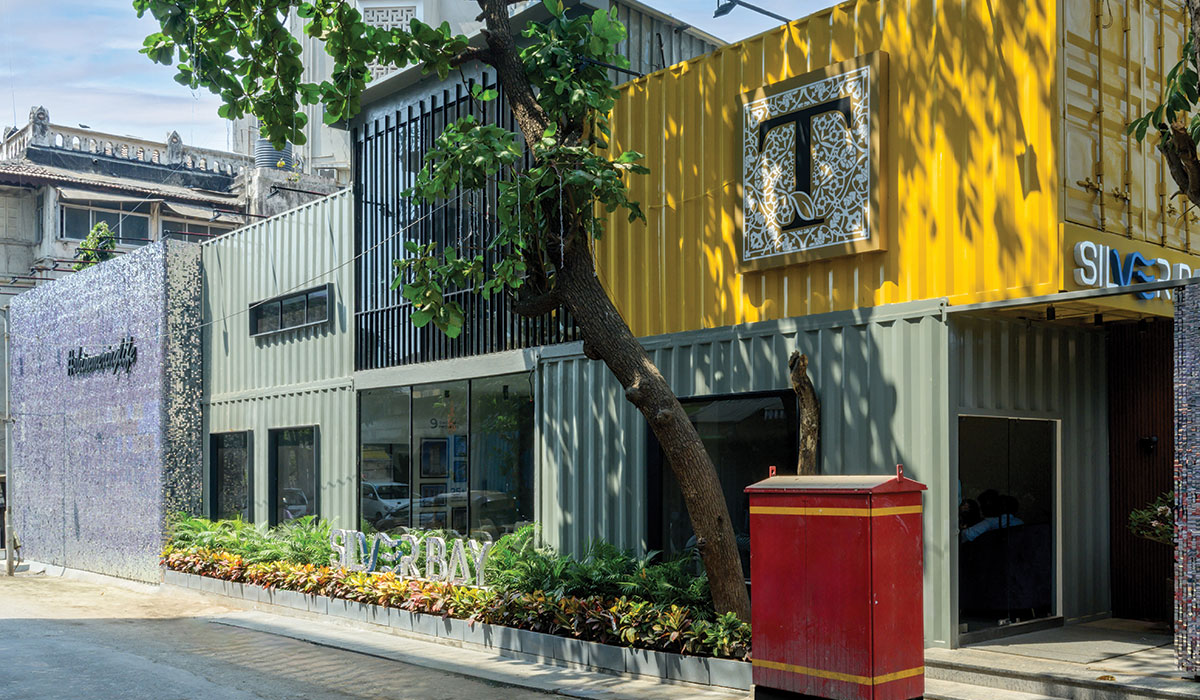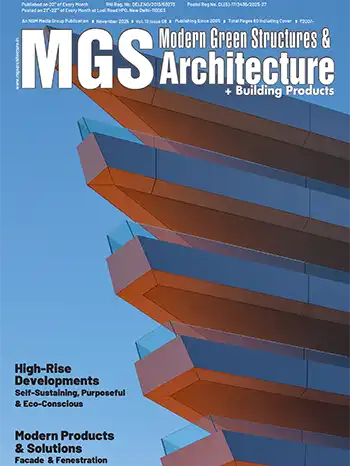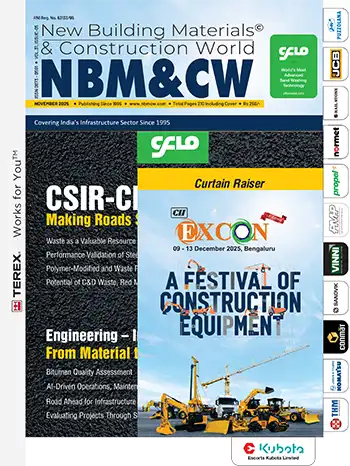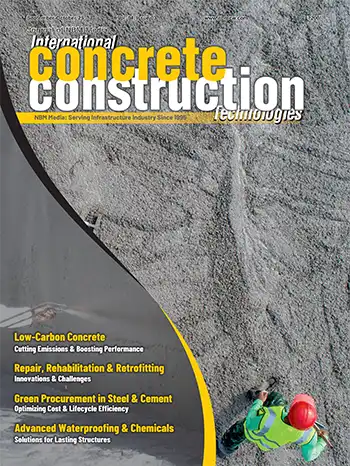There is a growing integration of sustainability, human-centric design, and technological innovation that are shaping the future of architecture.
Akash Dudhe
Energy-efficient interiors are central to sustainable design. Architects are focusing on passive strategies such as solar gain, natural ventilation, and high-performance insulation, alongside renewable energy systems like solar panels and geothermal. These technologies reduce a building’s operational carbon footprint while optimizing energy use. Smart systems that monitor and adjust energy consumption are also becoming a standard, creating adaptive spaces that respond to environmental changes.
Local and low-impact materials are key to reducing embodied carbon. By sourcing materials locally, architects minimize transportation-related emissions and support regional economies. Choosing durable, regionally appropriate materials ensures buildings are energy-efficient and suited to the local climate, while reducing the need for energy-intensive imports.

Biomimicry is gaining momentum as architects look to nature for design inspiration. Drawing from natural processes, architects are designing structures that mimic efficient energy strategies, such as self-healing materials and natural cooling systems. This approach reduces reliance on mechanical systems and enhances the performance of the building.
Wellness focused design has become essential in creating healthy, restorative environments. Incorporating non-toxic materials, maximizing natural light, and ensuring good indoor air quality all contribute to spaces that prioritize occupant health. As architects, we recognize the importance of the built environment in supporting physical and mental well-being.
Prefabricated and Modular designs are gaining traction as they reduce construction waste, minimize energy use, and offer adaptable, sustainable building solutions.
















